12 Temples You Must In Uttar Pradesh
By: Sandeep Gupta Thu, 06 Feb 2025 11:40:04
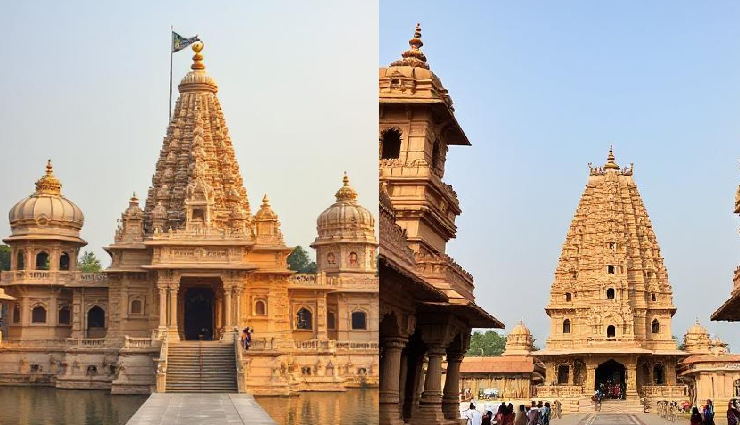
Uttar Pradesh, a northern Indian state, is home to numerous temples and sacred sites. With prominent pilgrimage destinations like Ayodhya, Mathura, and Vrindavan, the state is deeply rooted in Hindu epics such as the Ramayana, Mahabharata, and the Bhagavad Gita. A visit to this land offers a rejuvenating experience, nourishing both the body and soul. Rich in history and mythology, Uttar Pradesh boasts some of the finest pilgrimage sites in India. Attracting countless devotees each year, the state remains a favored destination for spiritual tourism, featuring ancient temples that have stood the test of time and others lost to history but still eagerly anticipated by ardent worshippers. Each temple, dedicated to different deities, holds a unique story waiting to be discovered.
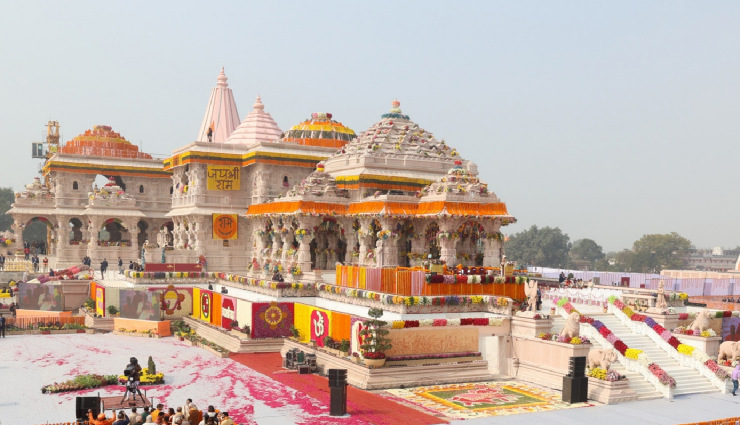
# Ram Janmabhoomi Temple, Ayodhya
The Ram Janmabhoomi Temple in Ayodhya is one of the most significant religious sites in Uttar Pradesh. This sacred place has been a center of devotion and a subject of historical disputes over the years. As one of the ‘Sapt Puri’—seven sacred pilgrimage sites in India—Ram Janmabhoomi holds immense reverence as the birthplace of Lord Rama, the seventh incarnation of Lord Vishnu. Known for his righteousness, devotion, and valor, Lord Rama is celebrated as an ideal son, husband, and ruler who triumphed over the demon king Ravana.
Situated along the Sarayu River, Ayodhya is deeply embedded in Hindu mythology, particularly in the epic Ramayana. After prolonged legal battles, the grand Ram Mandir is now being constructed at this revered site. A key pilgrimage destination in Uttar Pradesh, the temple draws countless devotees each year, making it a must-visit spiritual landmark.
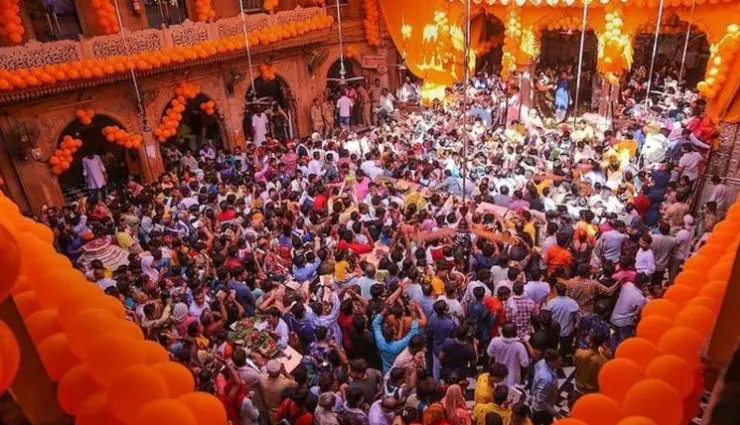
# Banke Bihari Temple, Vrindavan
Dedicated to Lord Krishna, the Banke Bihari Temple in Vrindavan is one of the most renowned temples in Uttar Pradesh. The name ‘Banke Bihari’ translates to ‘the one who is bent in three places’ and ‘the supreme enjoyer,’ referring to the unique Tribhanga posture of Lord Krishna’s idol. Established by Swami Haridas, a devoted follower of Krishna and Radha, the temple symbolizes divine love and devotion.
A popular legend narrates that during a prayer session, Swami Haridas was graced with the divine vision of Krishna and Radha in their celestial form. Overwhelmed by their radiance, he requested them to merge into a single deity, giving rise to the idol worshiped today. The temple is especially lively during Krishna Janmashtami, attracting throngs of devotees. Built in 1860 in the Rajasthani architectural style, it is an exquisite temple worth visiting with family.
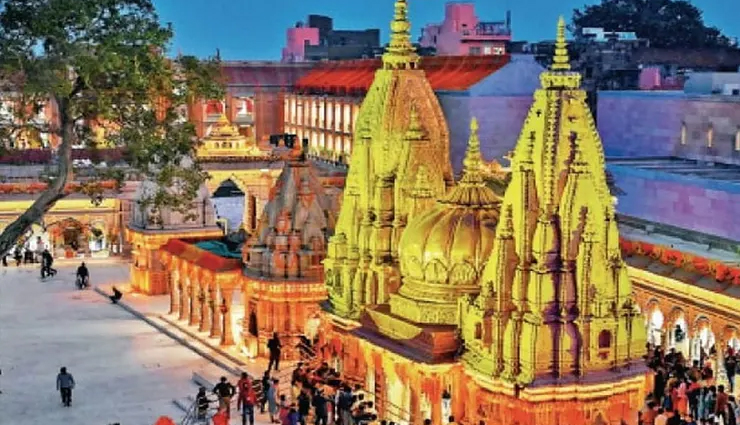
# Kashi Vishwanath Temple, Varanasi
Located in the sacred city of Varanasi, the Kashi Vishwanath Temple is one of the most revered Hindu temples in Uttar Pradesh. It is among the 12 Jyotirlingas, which are highly venerated shrines of Lord Shiva. Worshiped as Vishwanath, the "Ruler of the Universe," Lord Shiva’s presence in Kashi (Varanasi) holds deep spiritual significance. It is believed that visiting all 12 Jyotirlingas leads one to salvation. The temple is also referenced in the Vedas and Puranas, reinforcing its historical and religious importance.
Originally built in the 18th century by Maharani Ahilya Bai Holkar of Indore, the temple is often referred to as the ‘Golden Temple’ due to its gold-plated structure. Situated on the banks of the River Ganga, devotees often take a ritualistic dip in the holy waters before offering prayers. Despite numerous attacks and reconstructions over centuries, the temple stands as a symbol of devotion and resilience. The grand celebrations of Mahashivratri and Shravan attract devotees from all over the country.
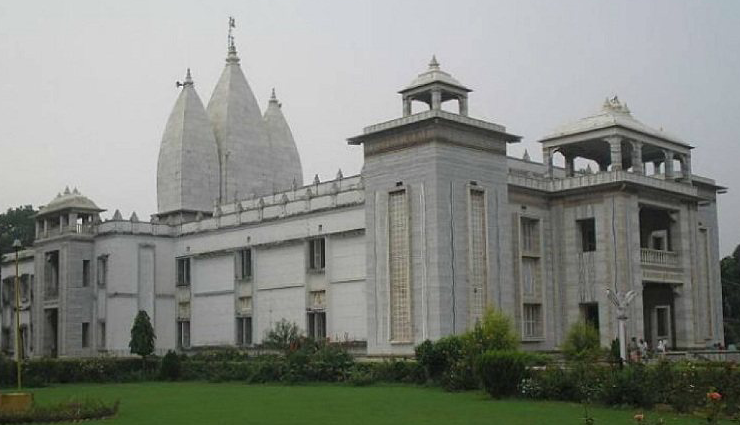
# Tulsi Manas Temple, Varanasi
Another prominent temple in Varanasi, the Tulsi Manas Temple is dedicated to Lord Rama and was built in honor of the great poet-saint Goswami Tulsidas. The temple’s white marble walls are inscribed with verses from Ramcharitmanas, a devotional epic penned by Tulsidas in the 16th century. The temple complex also features artistic depictions of the Ramayana through sculptures and paintings.
Constructed in 1964 by Seth Ratan Lal Sureka, this temple exudes a peaceful ambiance, making it a serene place for worship. The temple enshrines the idols of Lord Rama, Sita, Lakshman, and Hanuman. A Tulsi Garden adds to its charm, enhancing its tranquil atmosphere. Its proximity to the Kashi Vishwanath Temple makes it an integral part of pilgrimage tours in Uttar Pradesh.
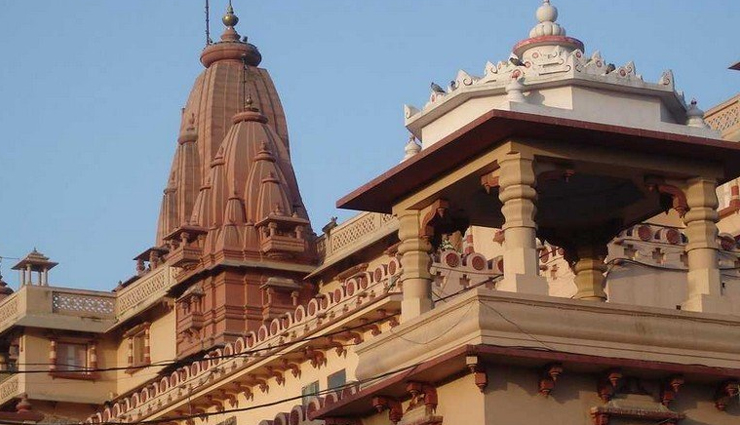
# Krishna Janmabhoomi Temple, Mathura
The Krishna Janmabhoomi Temple in Mathura marks the sacred birthplace of Lord Krishna, a revered deity in Hinduism. According to legend, Krishna was born in a prison cell where his parents, Devaki and Vasudeva, were held captive by the tyrant King Kansa. Today, the temple is a significant pilgrimage site, attracting devotees from across the globe.
Since Krishna is considered an incarnation of Lord Vishnu, the temple holds immense spiritual importance, particularly for Vaishnavites. The best time to visit is during Krishna Janmashtami when grand celebrations take place. Like many historical temples in Uttar Pradesh, this temple has endured destruction and restoration over centuries, yet it remains a powerful symbol of faith and devotion.
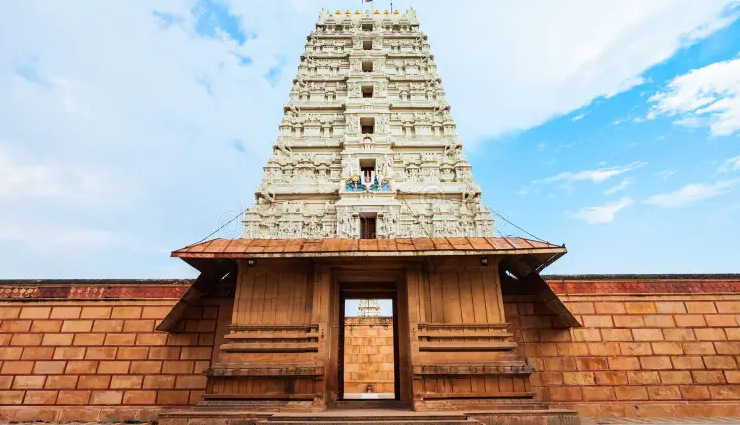
# Shri Rangnath Ji Mandir, Vrindavan
Shri Rangnath Ji Mandir in Vrindavan is dedicated to Lord Ranganatha, a form of Lord Krishna. Built in 1851 by Sri Rangadeshik Swamiji, this temple is inspired by the Sri Varadaraja Temple in Kanchipuram and follows South Indian temple architecture.
According to legend, the Vaishnava saint Andal, renowned for her Tiruppavai hymns, was visited by Lord Ranganatha, who agreed to marry her. The temple beautifully depicts Krishna as a groom, with Andal on one side and Garuda, his divine vehicle, on the other. A striking feature is its 30-meter-tall golden pillar and intricately carved gopuram (temple entrance). The annual Brahmotsavam and Rath Festival make this temple a major spiritual attraction.
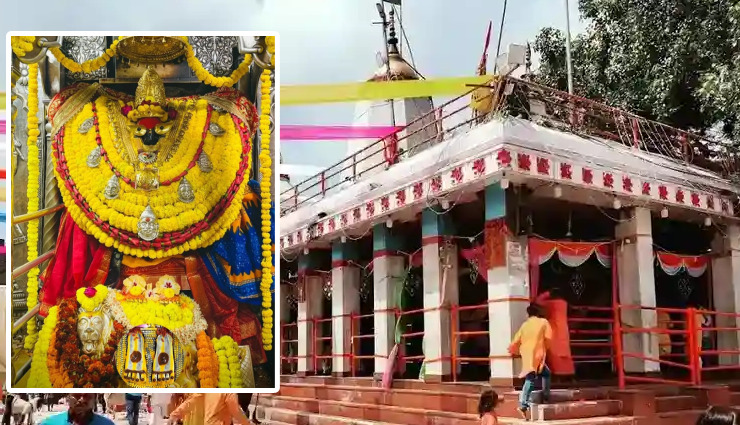
# Maa Vindhyavasini Temple, Mirzapur
Maa Vindhyavasini Temple, situated in Mirzapur, is one of the Shakti Peethas of India and is dedicated to Goddess Vindhyavasini, an incarnation of Goddess Durga. It is believed that the goddess chose to reside here after defeating the demon Mahishasura.
Located on the banks of the River Ganga, the temple witnesses grand celebrations during Navratri, attracting thousands of devotees. The temple complex, enriched with spiritual energy, is an important pilgrimage site for those seeking divine blessings.
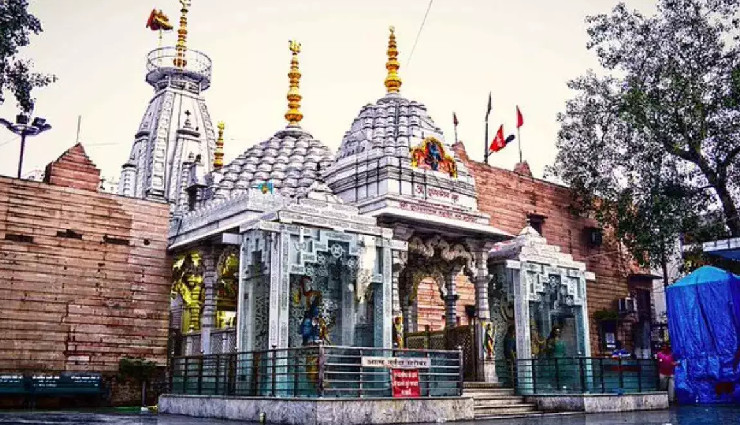
# Dudheshwar Nath Mandir, Ghaziabad
One of the oldest temples in Ghaziabad, Dudheshwar Nath Mandir is dedicated to Lord Shiva. Here, Shiva is worshiped in the form of a lingam, which is believed to be thousands of years old. Devotees flock to the temple to perform Dudh Abhishekam (ritual milk offering) to seek blessings and fulfillment of wishes. The temple is particularly crowded during Mahashivratri when grand festivities take place.
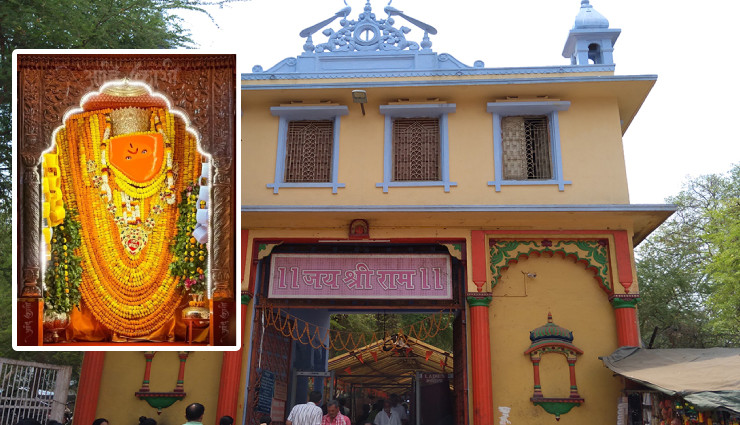
# Sankat Mochan Hanuman Mandir, Varanasi
Sankat Mochan Hanuman Temple in Varanasi is dedicated to Lord Hanuman, the devoted follower of Lord Rama. Established by the poet-saint Tulsidas, the temple’s name, ‘Sankat Mochan,’ translates to ‘remover of obstacles.’
Situated along the Assi River, this temple is renowned for its powerful aarti ceremonies and spiritual ambiance. It sees an influx of devotees during Hanuman Jayanti, who come to seek protection and blessings.
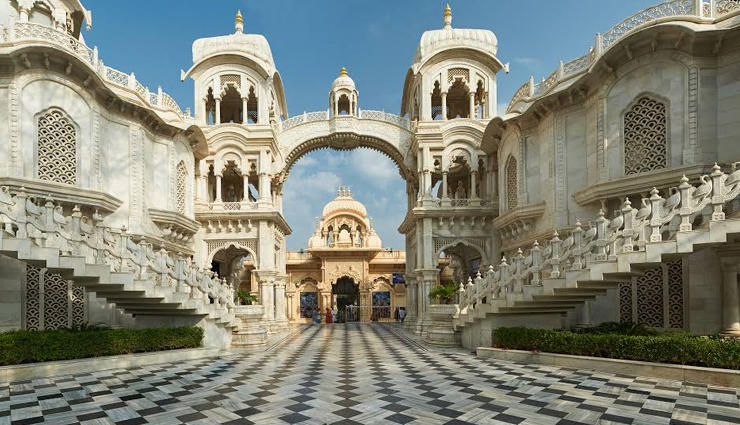
# ISKCON Temple, Vrindavan
ISKCON Vrindavan, also known as Sri Krishna-Balaram Mandir, is a major spiritual center dedicated to Lord Krishna and his consort Radha. Established by A. C. Bhaktivedanta Swami Prabhupada, the temple promotes the teachings of the Bhagavad Gita and Krishna consciousness.
Built with exquisite white marble, the temple showcases intricate carvings and a peaceful environment, making it a must-visit attraction. Daily kirtans, discourses, and a spectacular aarti add to the temple’s divine charm.
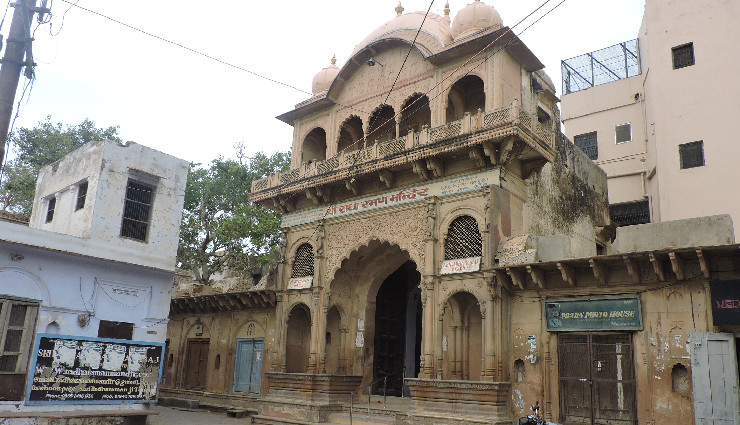
# Radha Raman Temple, Vrindavan
The Radha Raman Temple is a highly revered site dedicated to Lord Krishna, worshiped in his self-manifested form, known as Swayambhu. Established in 1542 by Gopal Bhatt Goswami, the temple is an architectural masterpiece featuring an intricately carved Shaligram idol of Krishna.
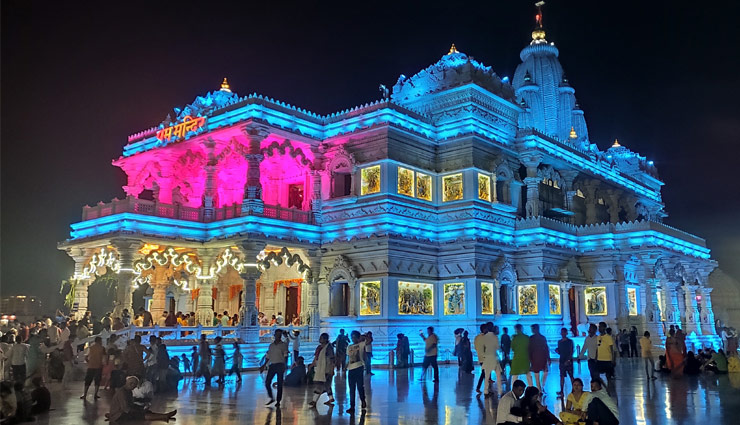
# Prem Mandir, Vrindavan
Prem Mandir, meaning ‘Temple of Divine Love,’ is a magnificent temple celebrating the eternal love of Radha-Krishna and Sita-Rama. Established by Jagadguru Kripalu Maharaj, the temple is renowned for its white marble architecture, illuminated evening light shows, and devotional atmosphere.
A visit to Prem Mandir offers a mesmerizing experience, making it a must-visit destination in Vrindavan.
Related Stories:
# 10 Places You Must Visit in Nepal
# 6 Breathtaking Treks You Can Visit in Ladakh
# 12 Must Visit Tourist Spots in Assam
# 10 Places in India To Spot Snow Leopard
# 5 Activities You Must Try in Tabo, Spiti Valley





